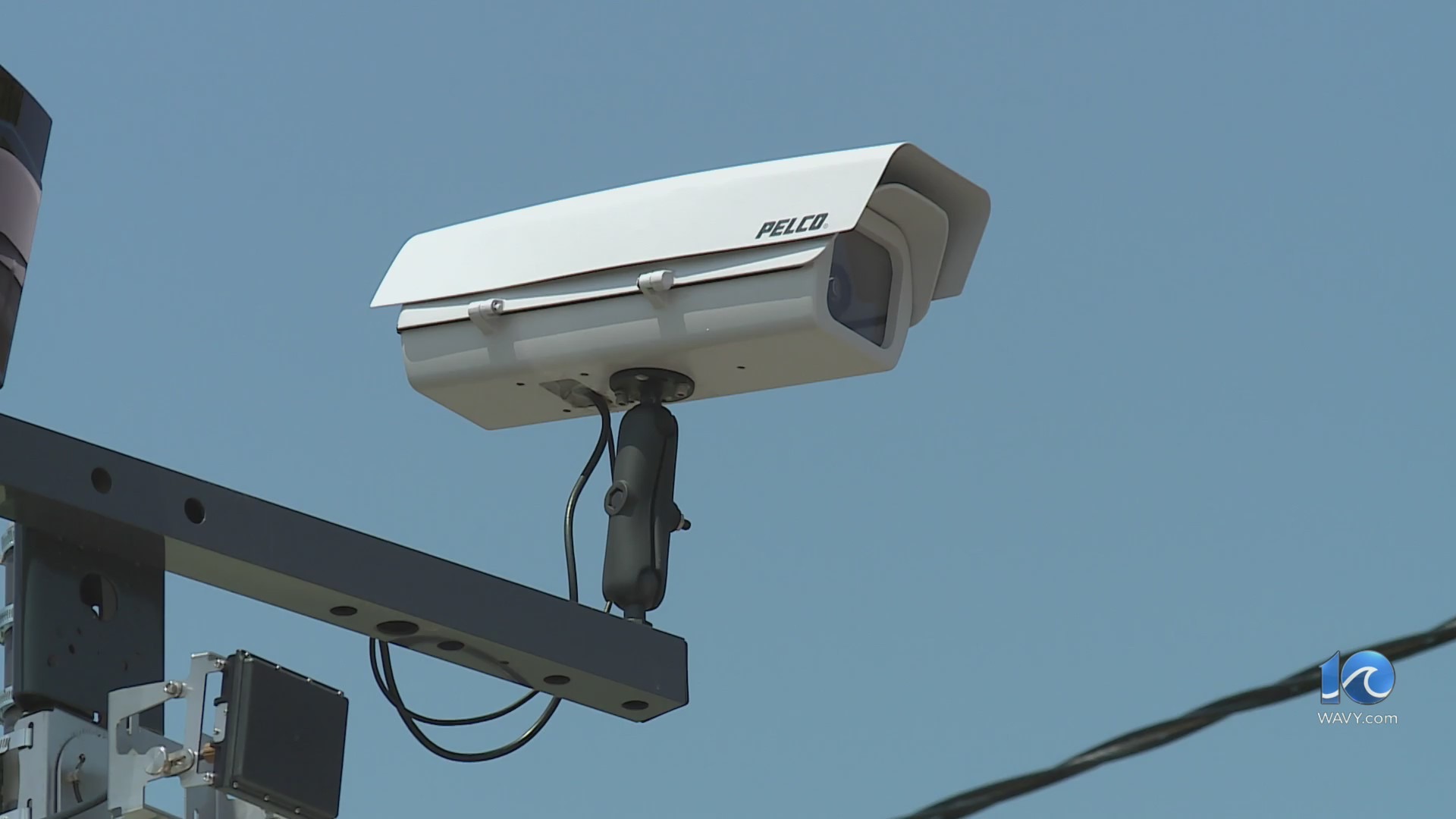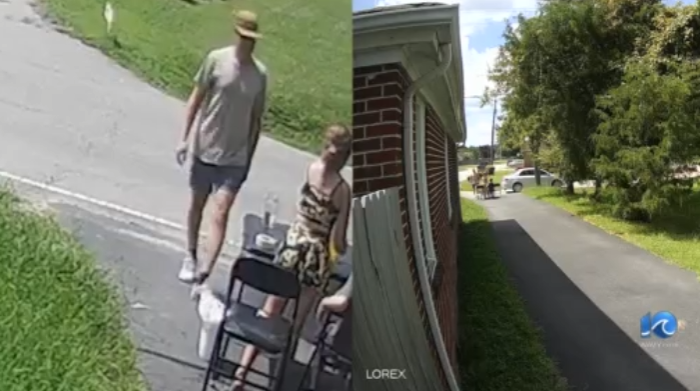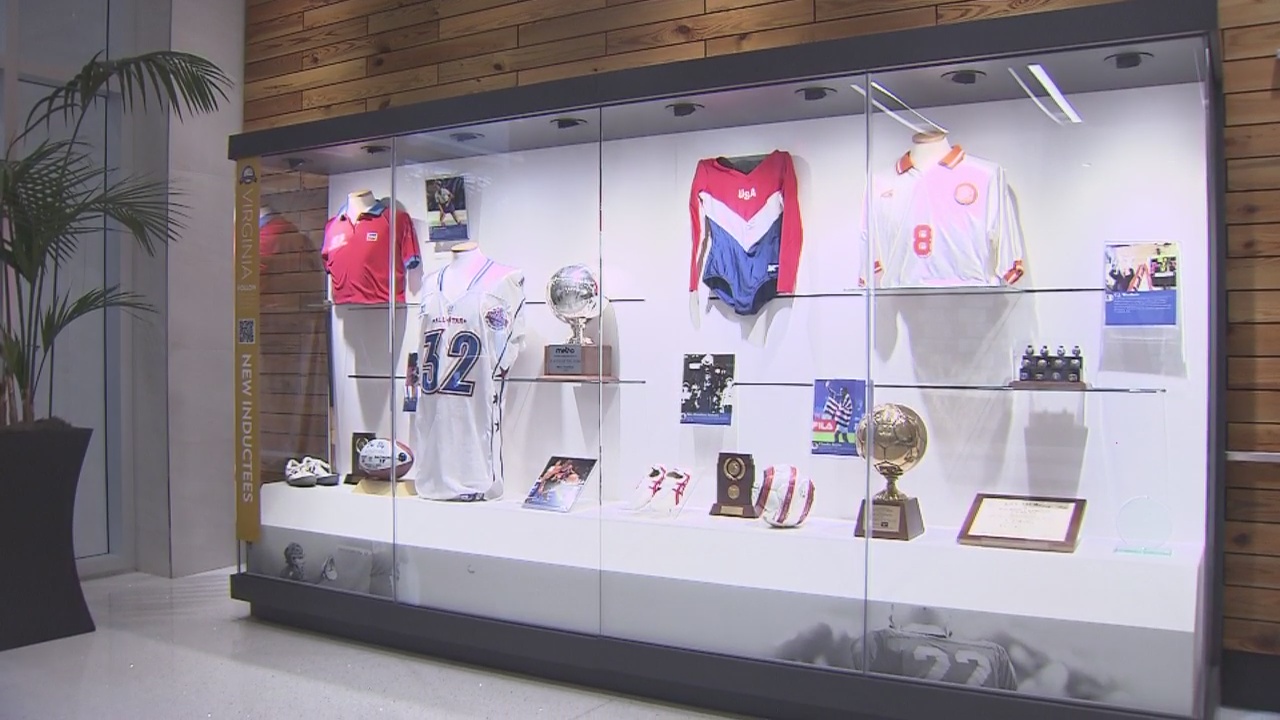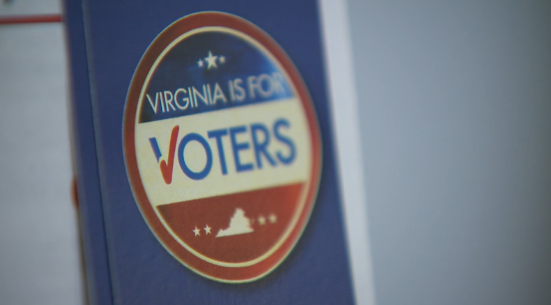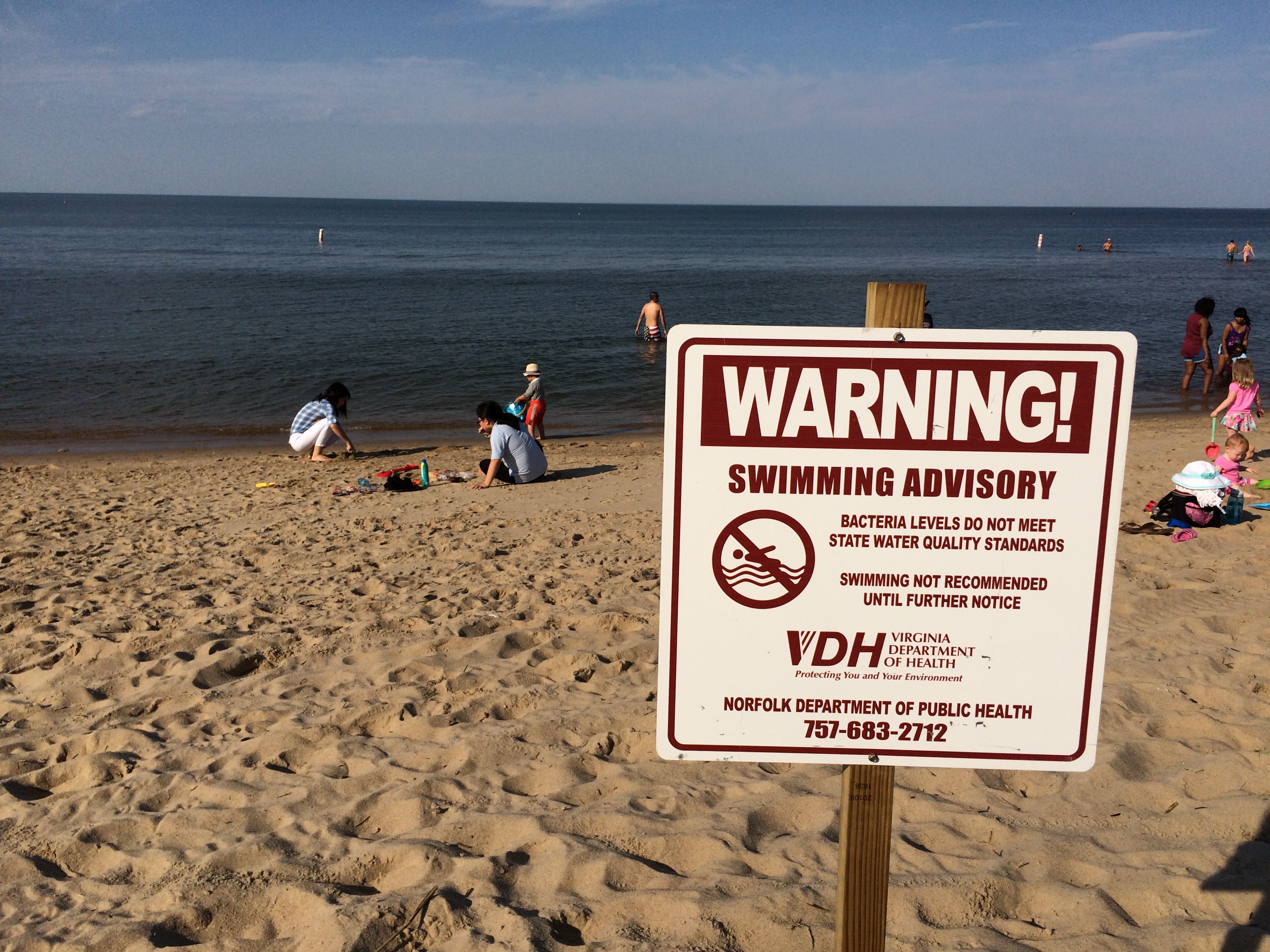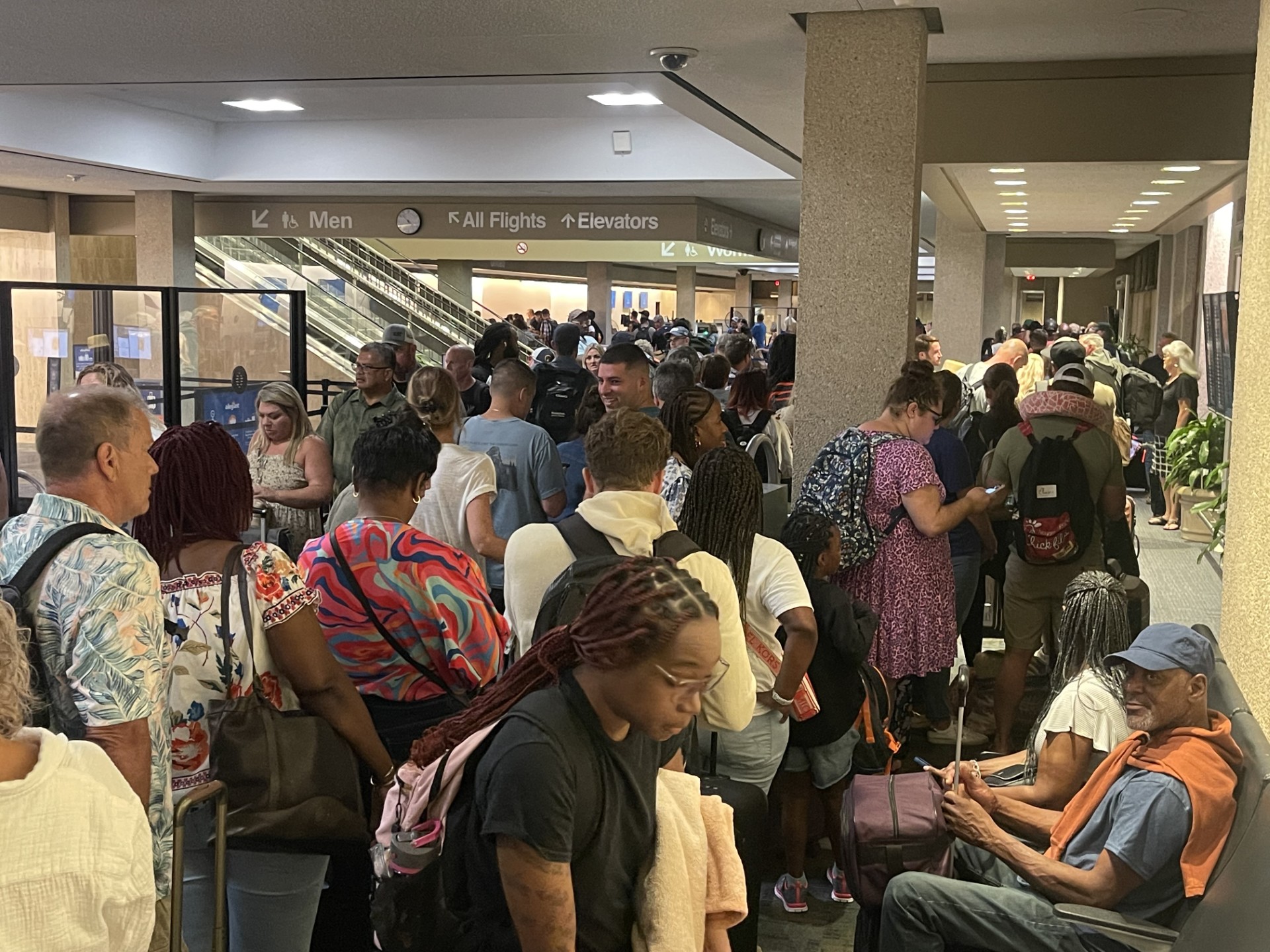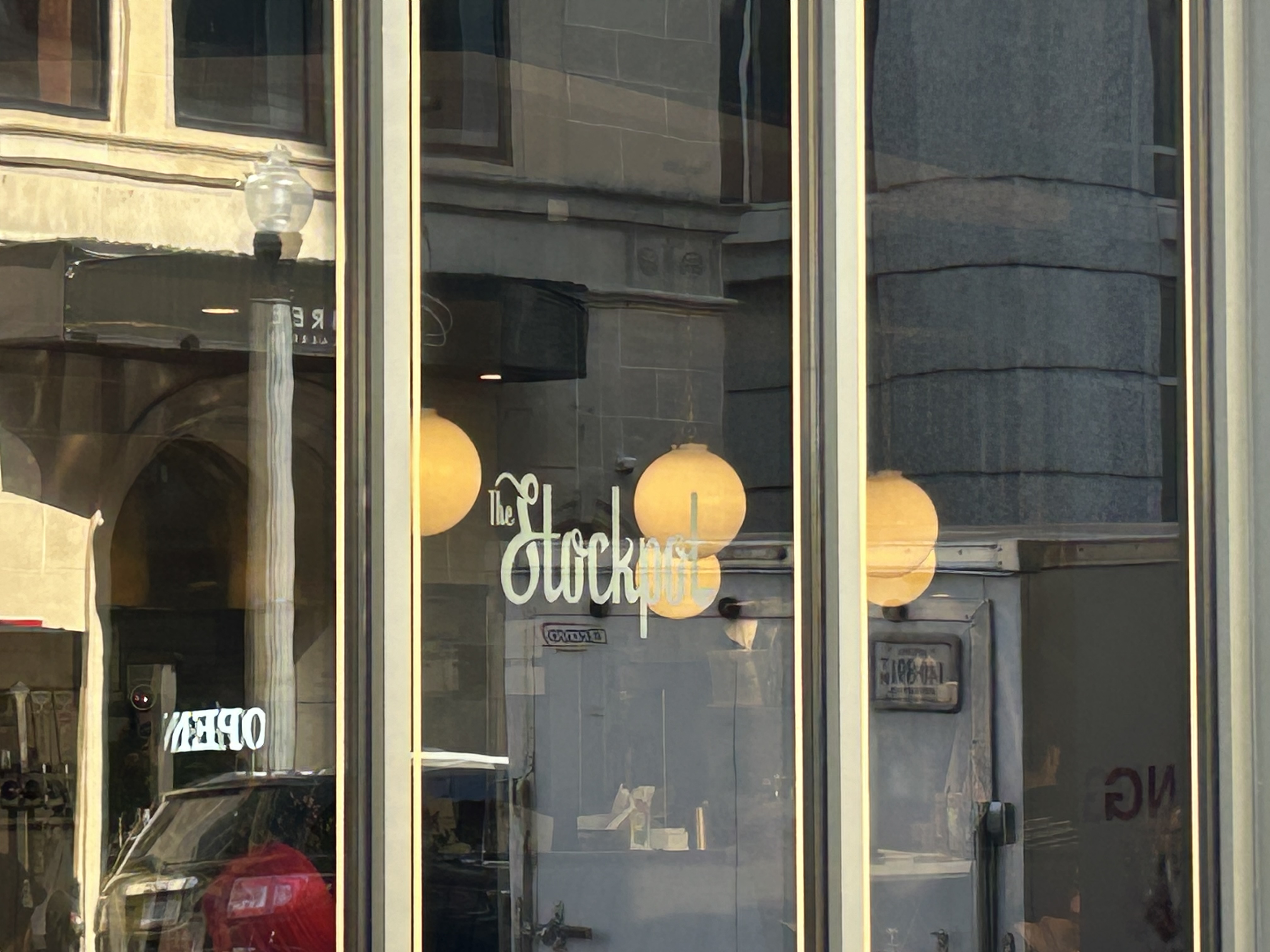RICHMOND, Va. (WRIC) — Governor Glenn Youngkin said he will not try to restore Confederate monuments taken down under Democratic leadership, and he is not taking a stance on statues that remain in Capitol Square.
Also in an interview on Monday, Youngkin disagreed with controversial comments about the Confederacy made by his recent appointee to the state’s Board of Historic Resources, but he is not committing to replace her.
In 2020, former Democratic House Speaker Eileen Filler-Corn quietly removed nine confederate symbols from the Old House Chamber at the Virginia State Capitol overnight without public input. Among them was a statue of General Robert E. Lee, marking the spot where he accepted command of Virginia’s Confederate forces when the state voted to secede from the Union in 1861.
Former Governor Ralph Northam also ordered the removal of the state-owned statue of General Lee, which towered above Richmond’s Monument Avenue for more than a century. The take-down of other statues on the street was directed by the City of Richmond.
“We won’t try to restore the ones that were moved by previous administrations,” Youngkin said. “I do feel very strongly that those statues should be placed in museums or on a battlefield so that we can preserve our history and know it. I have a very strong belief that we can’t know where we’re going unless we know where we’re from.”
A spokesperson for Republican House Speaker Todd Gilbert didn’t respond to a request for comment on Tuesday. It’s unclear if he will seek to restore the Confederate symbols removed from the Old House Chamber on his own.
Meanwhile, three statues with Confederate ties remain in Capitol Square.
In the center is a monument to Confederate General Thomas “Stonewall” Jackson, which was erected in 1875. Its pedestal calls the statue a “tribute of admiration for the soldier and patriot,” and never directly addresses Jackson’s role in the Civil War.
To the right is a monument to former Governor William “Extra Billy” Smith, who also served as a general for the Confederacy. The pedestal describes him as “a man of strong conviction bred in the strict states rights school.”
To Jackson’s left is a statue of Hunter Holmes McGuire, a Confederate doctor who also started several schools and hospitals. The engraving calls McGuire “a useful citizen and broad humanitarian, gifted in mind and generous in heart.”
When asked if he would push for the removal of those monuments, Youngkin said, “There’s a little bit of confusion about whose role it is to make these decisions and so that’s one of the things we’ll look into but I don’t have a current view yet.”
Questions about Youngkin’s stance on Confederate tributes resurfaced after Ann McLean, his recent appointee to the state’s Historic Resources Board, made controversial comments on a radio show last week.
McLean defended General Lee’s leadership in the Civil War, and compared former President Abraham Lincoln calling up troops to Confederate states to Russia’s invasion of Ukraine.
“Secession was not treason. Everyone was allowed, each state was allowed to secede. We all had seceded from Britain, so that’s what, each state was like its own country. So Lee considered Virginia his country and, you know, invasion, just like we see, you know, Russia invading Ukraine, invading a new territory was wrong. So many people want to just flatten the whole Civil War to slavery and, of course, we know slavery is not good but I think the south, I think a lot of slavery would’ve been outlawed in the south within five to ten years but they wanted to do it on their own time.”
Ann McLean, Youngkin’s appointee to Virginia’s Board of Historic Resources
Asked if he stands behind those comments and if he plans to replace McLean, Youngkin said, “I disagree with her comments and she and I have discussed that and so we’re having a discussion about whether she can represent us well…We found really qualified folks to serve in this position and I hope she can do it.”
McLean couldn’t be reached for comment on Tuesday despite multiple attempts.
House Democratic Leader Del. Don Scott (D-Portsmouth) said he was shocked and disappointed by McLean’s comments. He accused Youngkin of intentionally appointing people with extreme views — citing a recent controversy with Health Commissioner Dr. Colin Greene — and promoting divisive policies like banning “critical race theory” from schools.
Scott said McLean should be fired and the remaining Confederate statues should be removed. He said the state shouldn’t be memorializing people who fought to preserve slavery.
“They fought to continue a way of life that folks like me would not have benefited from,” Scott said. “It sends a message to Black people to stay in your place and I think, unfortunately, Governor Youngkin with these appointees are still sending those messages that people that are Black and Brown and immigrants, you’re not welcome here.”
Frank Earnest, the heritage defense coordinator with the Sons of Confederate Veterans Virginia Division, said he would like to see Governor Youngkin take a stronger stance and restore dismantled monuments.
Referring to the statues taken out of the Old House Chamber, Earnest said, “That room in it of itself is a museum. Why did we have to go and remove things from a historical setting?”
“Purging the landscape like this is something that happens in dictatorships, not democracies,” Earnest continued.
Last summer, a statue of former U.S. Senator and Virginia Governor Harry Byrd, a vocal segregationist who spearheaded Massive Resistance, was taken down in Capitol Square after the General Assembly passed a bill approving the removal.
If a similar bill were introduced to take down the other three monuments, Governor Youngkin would need to sign it.
Former Delegate Jay Jones, who sponsored the bill to remove Byrd, said he wanted to take down the other statues too but that proved more complicated. Unlike the Byrd statue, which the legislature authorized, he said he was told the General Assembly didn’t have the authority to remove the others.
“There is a patchwork of entities that can touch them,” Jones said. “I think that was done intentionally to maintain institutional control and keep them up.”
Jones said the remaining statues are overseen by various boards and commissions appointed by the governor. He said Youngkin could direct them to take the monuments down.
“Any statement from the governor to the contrary is either misleading or they don’t understand what they’re doing,” Jones said.
Clark Mercer, chief of staff for former Governor Ralph Northam, told the Washington Post that he believed it would take action by both the governor and the legislature to remove the trio on Capitol Square. He said the Northam Administration “essentially ran out of time” after a lengthy legal battle over the Lee statue on Monument Avenue.
Youngkin’s spokesperson Macaulay Porter said, in the past, monument installations have occurred after commissions were created to advise the General Assembly. She said those commissions were created through an executive order and through a resolution in another case. She said a similar process could be followed for statue removal.
“The governor believes that we must not overlook or excuse the sins of our past but we must resist the movement to cleanse our history…Today, the governor is focused on inflation, education, and rising crime in Virginia,” Porter said.

















































































